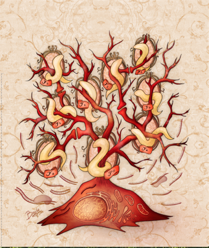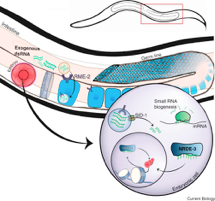cell.com/cell/fulltext/…

ncbi.nlm.nih.gov/pubmed/28743023 (5/17)👇

cell.com/cell/fulltext/…
I’ll add also that in the same issue @cell there’s a fascinating paper from @ctmurphy1 on transgenerational learned pathogenic avoidance (different story, but conceptually related) (17/17)
cell.com/cell/fulltext/…



















